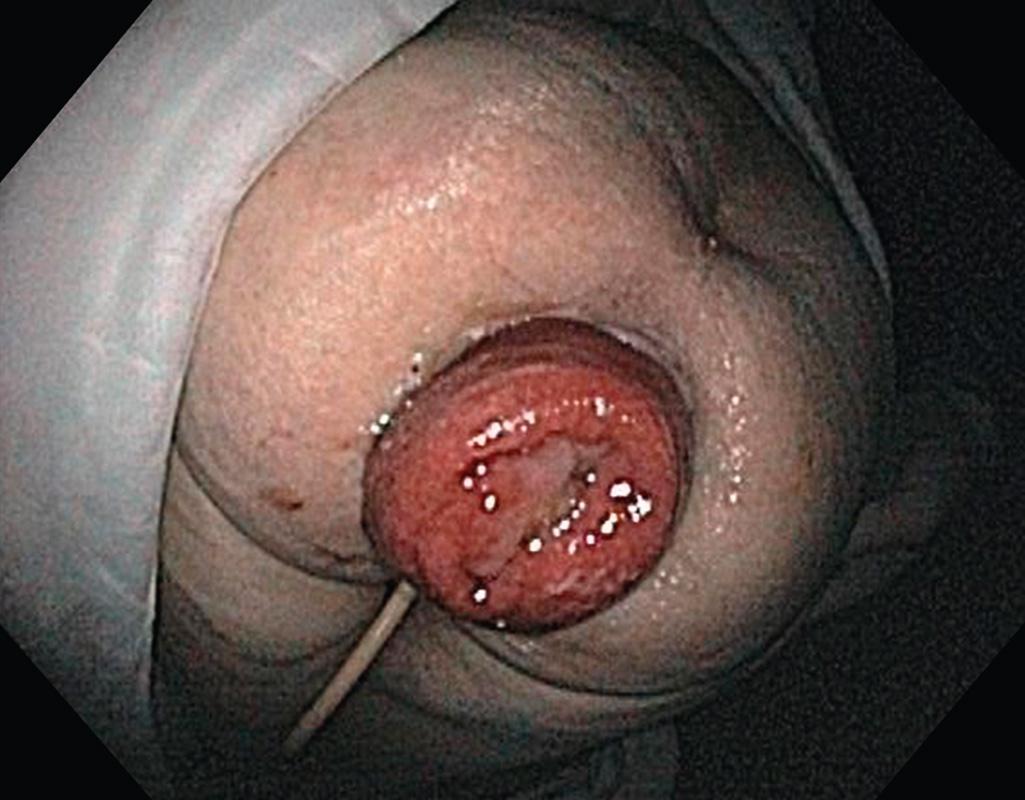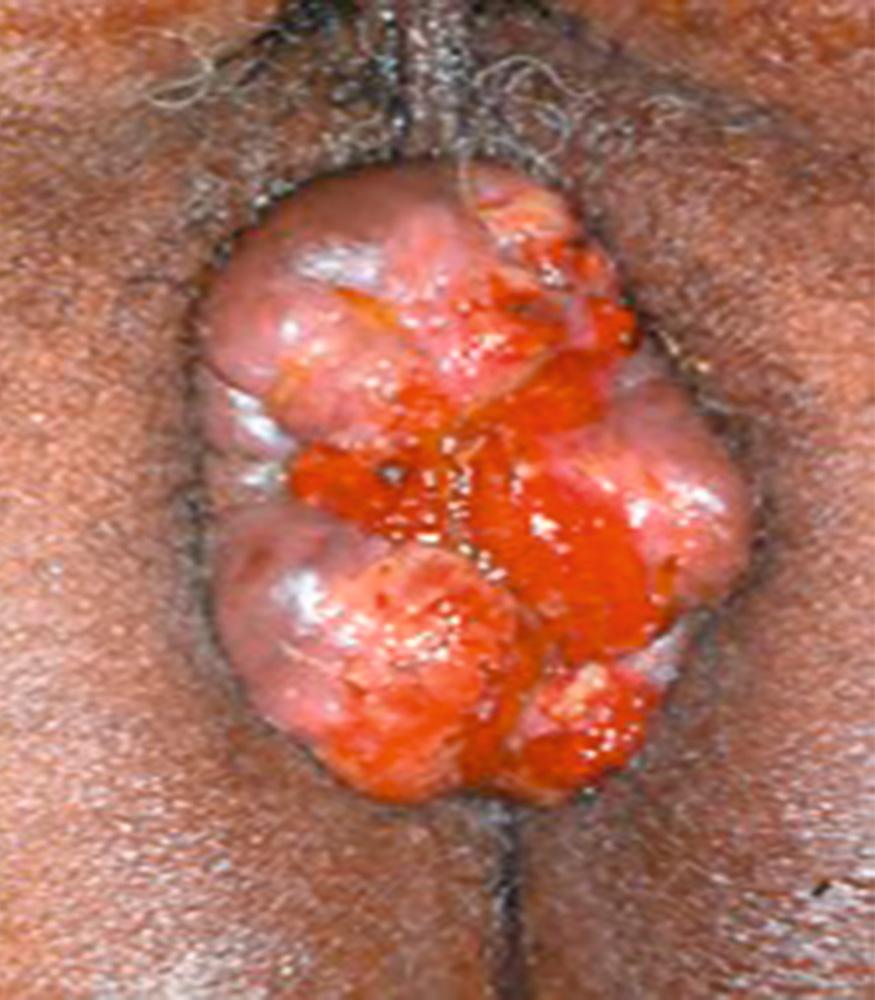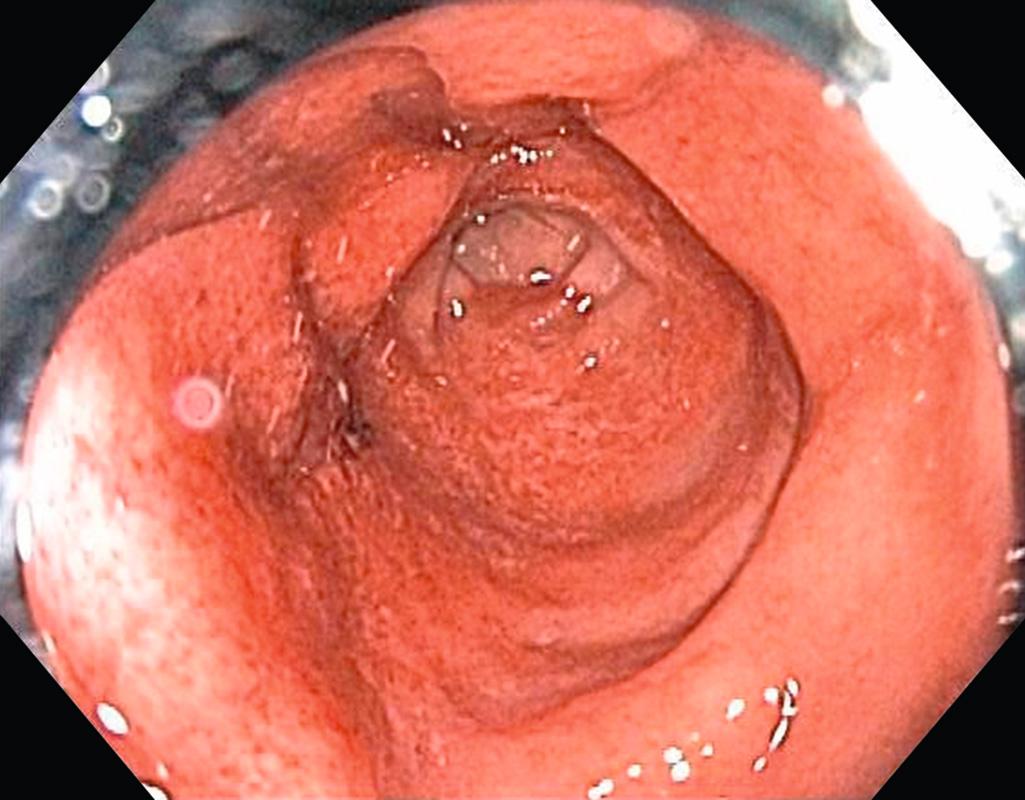Physical Address
304 North Cardinal St.
Dorchester Center, MA 02124
Evidence of rectal prolapse (rectal procidentia) exists from ancient times. The first described mortality from rectal prolapse was in the 4th century. The initiating cause of prolapse is elusive. The path to rectal prolapse generally occurs slowly over a period of years. Suggested contributing factors include standing, constipation, colic, coughing, sneezing, weak anal sphincters and pelvic floor musculature, an abnormal cul-de-sac, and distal rectal intussusception. The proposed treatments have changed significantly over time as well. Treatments such as cauterizing the rectal mucosa, binding patient's legs together, and applying trusses have been replaced with variations of resection and rectopexy today.
Patients with rectal prolapse will often report a history of constipation and even incontinence. Women are 6 times more likely than men to suffer from prolapse. The primary presenting complaint is often of a protuberance or bulge from the anus, which is often mistaken for hemorrhoidal disease. It may spontaneously reduce or remain prolapsed, causing considerable distress. Other complaints may be a feeling of incomplete evacuation of stool, bleeding, mucus discharge, urinary incontinence, and pain.
The prolapse may be apparent on initial exam; other times it will need to be elicited by asking the patient to perform a Valsalva. At times, it is even necessary to examine the patient after having them strain while squatting on the commode. Once the prolapse is produced, it is important to differentiate true full-thickness rectal prolapse with concentric mucosal rings ( Fig. 152.1 ) from simple hemorrhoidal disease ( Fig. 152.2 ), which is identified by radial folds of hemorrhoidal tissue.


Colonoscopy is required in all patients considered candidates for operative repair of rectal prolapse to rule out a neoplastic lead point. On endoscopic examination, the rectal mucosa in a patient with chronic recurrent prolapse will show signs of circumferential erythema ( Fig. 152.3 ). Other diagnostic tests of debatable significance include anal manometry, endorectal ultrasound, and defecography. Defecography is valuable in occult, intermittent prolapse to document marked mobility of the rectosigmoid junction away from the normal point of fixation at the sacral promontory.

The immediate management of obvious prolapse is reduction. Before any attempts at reducing the prolapse, it is of utmost importance to fully assess the viability of the rectum. Ischemia or frank necrosis may be present in the neglected or demented patient. If significant full-thickness ischemia is present, reduction should be avoided and operative resection will likely be required. The majority of patients with viable prolapse will respond to continuous, steady pressure in the office setting or emergency room. At times, intravenous sedation or even general anesthesia in the operating room may be necessary for full reduction. Applying table salt or sugar to the mucosa can reduce the swelling of the incarcerated rectum and aid in reduction. Another technique described for the stubborn prolapse involves encompassing the rectum with an elastic compression wrap. Hyaluronidase injection into the prolapsed rectum has also been described to aid in reduction.
Abdominal approaches to definitive repair of prolapse consistently show lower recurrence rates compared with perineal approaches. The transabdominal approach is the preferred repair in patients who can tolerate a transabdominal operation. Ideally, the operation should be limited in morbidity and mortality, have a low recurrence rate, and address the patient's associated constipation or incontinence, if present. Care must also be given to evaluating the patient for the presence of concurrent anterior compartment prolapse to assess the feasibility of repair of these prolapsing organs as well in a combined operation.
There are two primary technical components in the abdominal approach to rectal prolapse: rectopexy and resection. The goal of rectopexy is to mobilize the rectum out of the pelvis to straighten the low rectum in the curve of the sacrum and secure it proximally at the sacral promontory so that prolapse cannot recur. In 1963, Ripstein described the posterior rectopexy: a posterior rectal dissection to the level of the coccyx and a sling of fascia lata around the rectum anchored to the proximal sacrum. Modifications using biologic and synthetic meshes have come and gone over time. Rectopexy can even be performed without the use of mesh by securing peritoneal wings of the rectum to the sacral promontory with suture or tacks. This technique, however, results in slightly higher recurrence rates than rectopexy with mesh ( Table 152.1 ).
| Surgery | Recurrence (%) |
|---|---|
| Mesh rectopexy | 2–5 |
| Suture rectopexy | 3–9 |
| Resection/rectopexy | 2–5 |
| Ventral rectopexy | 2–9 |
The extent of rectal mobilization required during rectopexy has also been an issue of debate. Circumferential mobilization may decrease the rate of prolapse recurrence ; however, a known drawback of rectopexy is constipation, and division of the anterolateral ligaments (parasympathetic innervations) during dissection has been shown to increase the rate and severity of constipation. Especially in patients with preexisting constipation, a possible solution to the increased rate of constipation is performing a concurrent resection of the redundant portion of the sigmoid colon with primary colorectal anastomosis at the level of the sacral promontory. Avoiding full mobilization of the splenic flexure is also recommended to avoid re-creating colonic redundancy.
The most recent addition to the abdominal operations for rectal prolapse is the ventral rectopexy that involves mobilization of the anterior portion of the rectum without a posterior or lateral dissection. Mesh shaped in the form of a “hockey stick” is then sutured from the anterior rectal wall to the sacral promontory and covered with peritoneum. This technique reduces the need for extensive posterior dissection. Some authors report lower constipation rates, while maintaining recurrence rates similar to posterior rectopexy (see Table 152.1 ).
The use of laparoscopy in the repair of rectal prolapse has been studied extensively. The integrity of the repair has not been compromised with the laparoscopic approach, as recurrence rates are similar. The short-term postoperative benefits of laparoscopic surgery are realized in patients with rectal prolapse, including decreased postoperative pain, shorter hospital length of stay, and quicker return of bowel function. These recovery benefits of laparoscopy may also allow more high-risk patients to be approached transabdominally, who may otherwise have only been considered for the less durable perineal approaches.
While abdominal approaches for rectal prolapse have the lowest recurrence rates with better overall functional outcomes, the majority of patients with prolapse are elderly. Many of these patients have significant comorbidities that limit their ability to tolerate an abdominal approach. Additionally, though a much smaller cohort, young patients, especially males, may consider a perineal approach to limit the added risk of sexual dysfunction. Up to 60% of patients suffering from rectal prolapse will undergo a perineal approach. When rectal prolapse recurs after an abdominal approach, a second abdominal approach can be technically difficult. In these circumstances, a perineal approach may be a viable option. However, a perineal resection-rectopexy can spell doom if the blood supply of the rectosigmoid was previously divided, and the perineal resection leaves an ischemic segment of rectum in place.
Become a Clinical Tree membership for Full access and enjoy Unlimited articles
If you are a member. Log in here